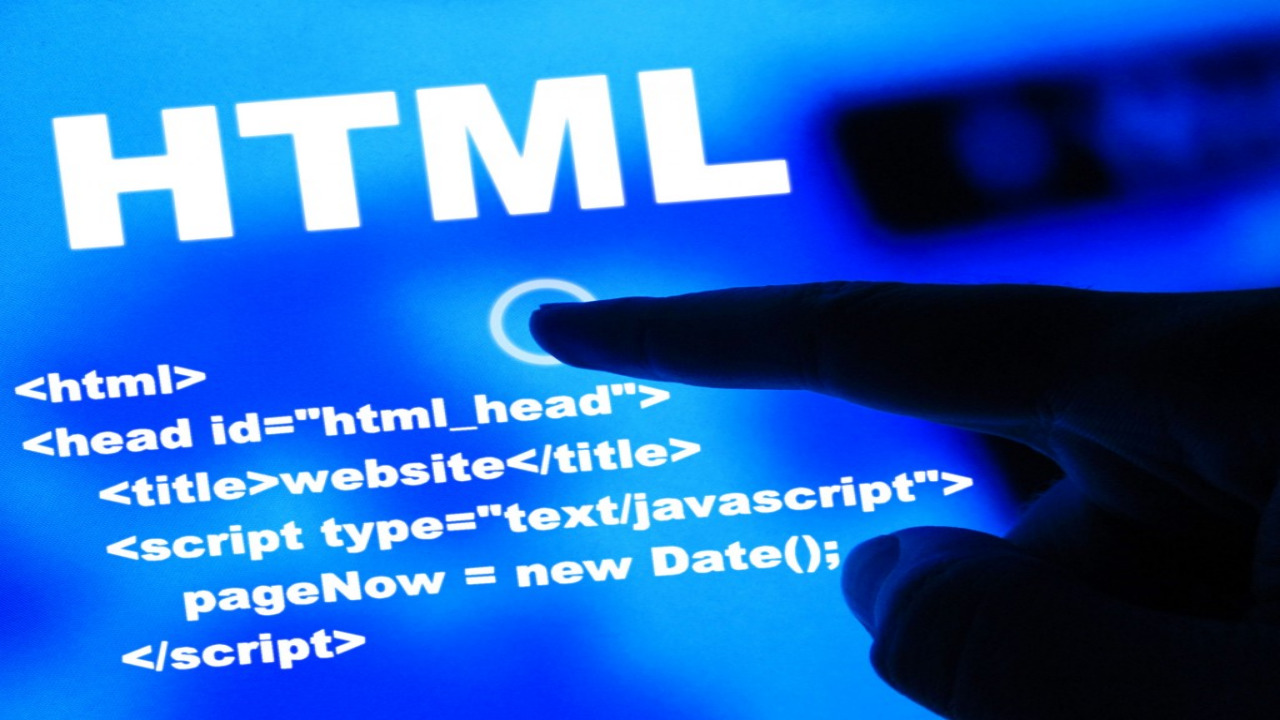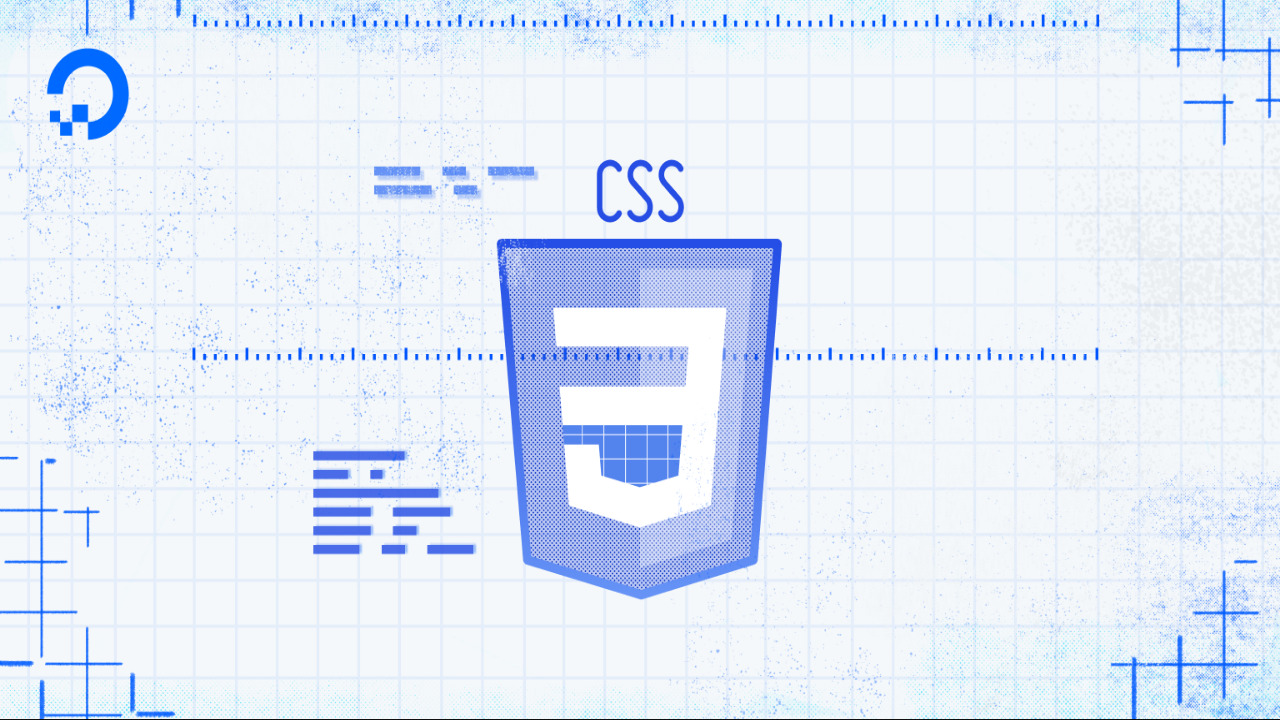Much of today’s Internet technology is based on the long-used, most debated language, HTML. It was designed to make the markup and layout of documents to be placed on web pages. The language began to acquire its first features in 1986. The impetus was the adoption of the International Organization for Standardization (ISO) ISO-8879-standard – Standard Generalized Markup Language or, in abbreviated form – SGML. It was accompanied by a description stating that SGML is intended for the structural markup of text. It is noteworthy that no description of the appearance of the document was intended.
From this, we can conclude that SGML was not a system for marking up text and did not have any list of language building blocks to be used in specific contexts. The language implied a description of the syntax for writing the main markup elements. After a while, they were given what is now well-known as “tags.” It was quite obvious that there was a need to create a language that:
– Described which element in which cases it is reasonable to apply;
– Contains a list of elements that can be used to create a document readable by various programs applicable in applications developer jobs.
While the SGML, like its sister applications, was not well developed, it was not completely abandoned. In 1991, the European Institute for Particle Physics announced the need to develop a mechanism to enable the transfer of hypertext information over the Global Web. It was the SGML that formed the basis of the future language – Hyper Text Markup Language (HTML).
Formative stages

HTML version 1.2 contained around forty tags. There was no description of the physical representation of the documents. Like its progenitor, SGML, it was mainly concerned with logical and structural markup of text. However, some hints at how the physical presentation of the page and the number of tags still did. The W3C consortium developed HTML version 2.0. The first result was obtained after a year of intensive work in 1995. Version 3.0 was discussed almost in parallel. Whereas the second version could not be called significantly different from the first, the third version was an absolute breakthrough.
HTML 3.0 had some interesting new features:
– Markup of mathematical formulas;
– Page design tags;
– Embedding figures surrounded by text;
– Notes, etc.
However, this was not enough; the need for the visual design of hypertext pages was becoming more and more urgent. At that time, W3C began to create an independent system that did not contradict the basics of HTML but allowed it to describe the visual design of documents. The result was the appearance of CSS – Cascading Style Sheets, a hierarchical style specification endowed with a unique syntax, structure, and objectives.
But let’s not get ahead of ourselves and get back to HTML. The significant expansion of tags took place at the suggestion of Netscape Communications, the corporation that launched the first commercial browser, Netscape Navigator. These innovations had only one goal – to improve the appearance of the document, but they were completely contrary to the original principles of the language. HTML version 3.2 was created in a short time. It was oriented towards Microsoft Internet Explorer. Until recently, this version of HTML was the only standard language in the development of Internet projects. Nevertheless, the direction was developing very actively, with the help of HTML, managed to give some order to the markup elements of all browsers, but the possibilities of the language became insufficient. In 2004, a new version of HTML – 4.01. It provides excellent performance cross-browser and cross-platform.
What is the result?

Why is CSS increasingly used today? Because HTML, despite its greatly expanded capabilities since its inception, remains a language of logical markup of hypertext, i.e., not linked to the design of the document. Modern Internet standards require pages to be vivid and memorable, so webmasters increasingly use CSS. Is it possible to put an end to the history of HTML? The answer is probably yes, but language will not disappear entirely because it is the basis of many other systems.


